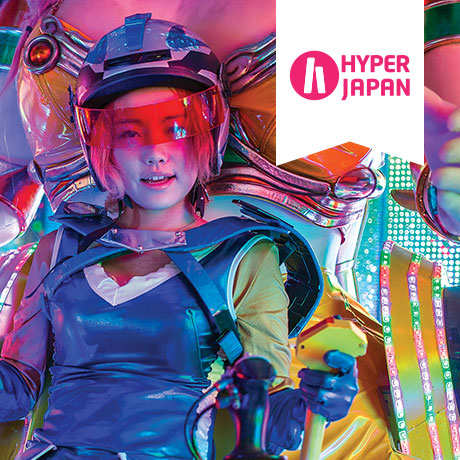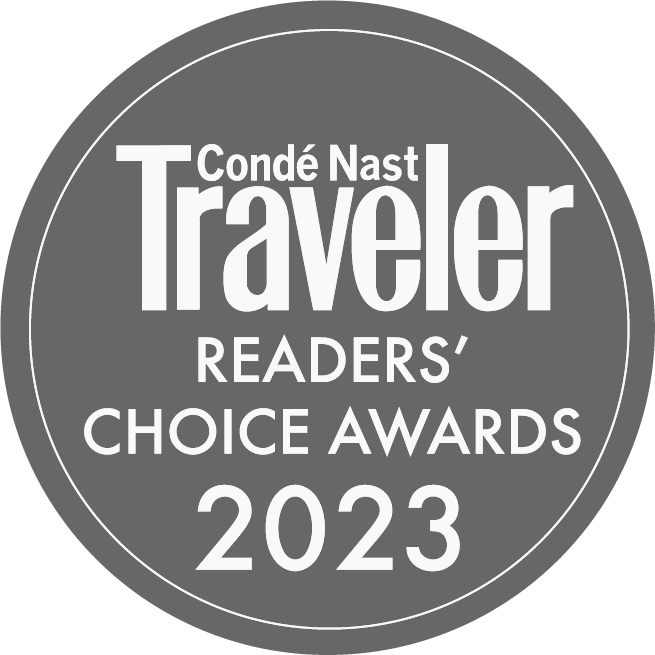Manga & anime
Once almost completely unknown to the world outside Japan, manga (Japanese comics) and anime (Japanese animation) have become a global phenomenon - and their popularity is growing every day.
Manga
Manga books are generally printed in black and white and cover a wide variety of genres and subject matter aimed at both sexes and all ages, not just for young boys - to whom comics are generally marketed in the West.
Themes include romance, action adventure, science fiction, comedy, sports and can also venture into darker subject matter for adults such as horror and more risqué material; though the latter tends not to be acknowledged in everyday life and culture.
As it makes up a large section of Japan's publishing industry, manga books can be found and seen everywhere. People reading manga on trains during rush hour is a common sight in Tokyo as well as the rest of the country.
Every town will have a book store with aisles upon aisles of different manga genres and larger cities even have stores entirely dedicated to the medium over multiple storeys. Convenience stores are quite happy for patrons to stand and read manga even if they are not going to buy and many waiting rooms and restaurants have bookshelves with popular serialisations.
Most manga aimed at children uses a simplistic style and the adorable characters feed Japan's love for all things kawaii (cute). Characters also have oversized eyes through which the artists are able to convey emotion more easily. Below are a few examples of the more popular manga comics amongst children:
AstroBoy (created by Osamu Tezuka and first published in 1952) is about a world where humans and robots coexist. The protagonist, AstroBoy, is a robot who uses his superior powers to fight crime and as a result of the care and attention of his owner is able to experience human emotions.
Doraemon (created by Fujiko F Fujio and first published in 1969) follows a blue robotic cat who has travelled back in time from the 24th Century to help a young schoolboy, Nobita Nobi, through the trials and tribulations of life.
Dragon Ball (Created by Akira Toriyama and first published in 1984) follows Goku and his friend Bulma as they explore a mythical earth, learning martial arts and searching for "dragonballs" that summon a magical dragon who assists them in times of danger.
As you move away from the books aimed at children and to those aimed at teenagers and young adults, the themes can become a little darker, however, the general ideas of good overcoming evil still remain. The style of the artwork is a lot more detailed and realistic, however, physical features of the characters are still over stylised and exaggerated. Below you will find a couple of examples popular amongst the teenage audience:
Bleach (created by Noriaki Kubo and first published in 2001) is about a teenager named Ichigo who gains the power of Soul Reaper (similar to a death god) and protects the human world against evil spirits as well as guiding deceased spirits safely to the after-world.
Death Note (created by Tsugumi Oba and first published in 2003) follows Light, a Senior High School student, who receives the "Death Note" from a death god. When Light writes the name of a person in the notebook their life comes to an end so he takes it upon himself to rid the world of criminals and evil.
Both Bleach and Death Note, along with other popular serialisations, have been published in English. Their popularity in Western countries is not on the same scale as in Japan, but interest is growing.
Anime
Once certain manga have proven their worth by popularity, the natural progression is for an animated TV series to be created, however, manga is not the only source of inspiration for anime. For example, Pokémon was a worldwide hit as a video game for Nintendo before it was made into manga and anime series.
The obvious differences from manga such as colour, movement and sound bring anime to life, but there is one additional element which is extremely important: the theme song. Artists from the J-pop and J-rock world are all falling over themselves to write the theme songs for the next big anime series as it is almost a guaranteed hit and provides great exposure. The anticipation of which artist it will be can often overshadow the anime itself, being the topic of hot discussion in school playgrounds and internet forums.
One of Japan's most famous, successful and critically acclaimed animators is Hayao Miyazaki, co-director of Studio Ghibli, which was founded in 1985. His long career has seen him create numerous original feature films in the animated form which have touched the hearts of the Japanese people as well as the rest of the world.
On a visual level, his animation style is very unique and cannot be mistaken, especially as his characters tend to have small eyes, going against the usual trend for larger eyes as mentioned earlier. Another distinguishing feature of his work is that most of the protagonists are strong independent girls or women.
Some of Miyazaki's most famous works include Princess Mononoke, My Neighbour Totoro and Spirited Away, which won the Oscar for Best Animated Feature at the 75th Academy Awards.
Many popular anime series and Miyazaki films have found some levels of success elsewhere in the world after being dubbed into various languages but, to get the real sentiment of the work, they really do need to be watched in Japanese.
Most visitors to Japan simply skim the surface of manga and anime by visually appreciating the characters which pop up wherever you go with no real knowledge of who they are. However, a little research into this fantasy world can enrich your time in Japan as your knowledge of characters will create instant common ground with Japanese people you may meet and you will find yourself actively searching for and spotting the characters you know.
If you do decide to delve deeper into these vast worlds then be careful: once you are in it is very difficult to find your way out and before you know it, you may be considered (or even call yourself) an otaku.
Featured trips
-
Small Group Tour
HYPERJAPAN's J-Pop & Go! (IJT Classic)
- Tokyo
- Hakone
- Kyoto
- Hiroshima
- Osaka
- Tokyo
Witness ancient collide with modern as you discover Japan's exuberant pop culture and celebrated traditional heritage.
10 nights: Read more >
-
Self-Guided Adventure
Manga & Anime (Essential)
- Tokyo
- Kyoto
- Osaka
The best of Japan – with a manga and anime twist. Explore the Studio Ghibli-inspired sights of Tokyo, wander Kyoto's temples and explore "electric town" on this essential trip.
10 nights: from US$2567 pp (twin share) Read more >
-
Self-Guided Adventure
Japan Arts Trail (Essential)
- Tokyo
- Hakone
- Nagoya
- Kyoto
- Matsue
- Naoshima
- Tokyo
A low-cost, 15-day itinerary introducing the best of Japan's arts scene, from traditional ukiyo-e woodblock prints to modern masters.
15 nights: Read more >
 Australia
Australia
 USA
USA





 Inside Japan UK office
Inside Japan UK office Inside Japan US office
Inside Japan US office Inside Japan Australia office
Inside Japan Australia office Inside Japan - Japan office
Inside Japan - Japan office



























